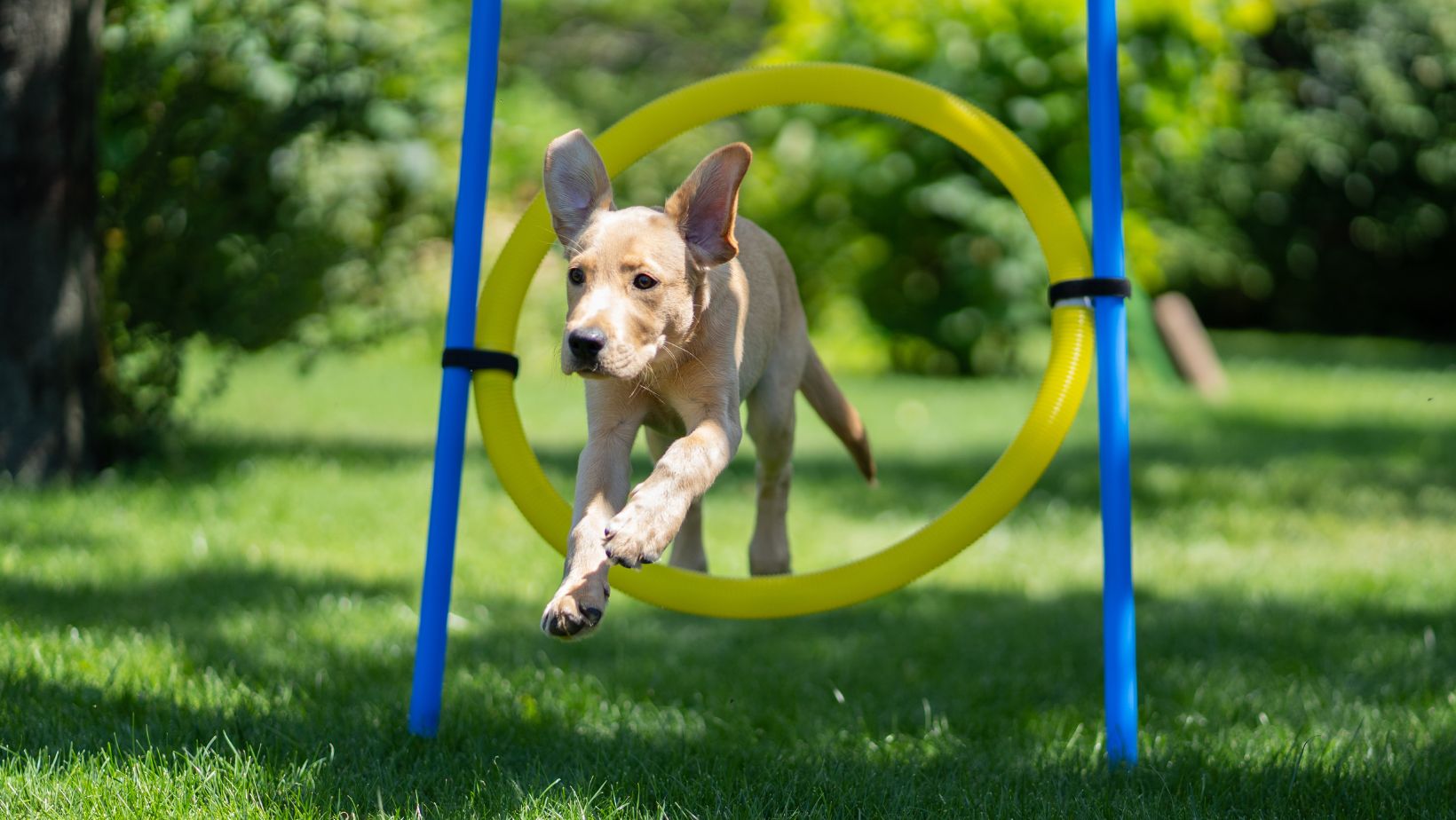How to Teach a Dog to Not Jump
Teaching a dog not to jump can be a challenging task, especially when it comes to energetic breeds like Labradors. In this article, I’ll address some frequently asked questions about stopping Labradors from jumping and provide effective strategies to help you tackle this behavior issue.
One common question is, “Why do Labradors jump?” Labradors are known for their exuberant nature and enthusiasm, which often leads them to jump up on people as a way of greeting or seeking attention. While it may seem harmless, jumping can become problematic if your Labrador knocks over children or elderly individuals. Understanding the underlying reasons behind their behavior is crucial in addressing the issue effectively.
So, how can you teach a Labrador not to jump? The key lies in consistent training and positive reinforcement. Start by teaching your Labrador an alternative behavior such as sitting or offering a paw when they want attention. Use treats and praise to reward them for performing these desired behaviors instead of jumping. Additionally, make sure everyone in your household follows the same rules and consistently reinforces the training.
Why do Labradors Jump?
Labradors are known for their exuberant and energetic nature, which often leads to jumping behavior. Understanding the reasons behind this behavior can help us address it effectively. Here are a few common explanations for why Labradors tend to jump:
- Excitement and greetings: Labradors are naturally enthusiastic dogs, and jumping is their way of expressing excitement when they greet people or other animals. They may jump up to get closer to your face or simply because they can’t contain their joy.
- Attention-seeking: Dogs, including Labradors, learn that jumping up can grab attention from humans. If they’ve received positive reinforcement in the form of attention or rewards when they jump, they’re more likely to continue the behavior.
- Social interaction: In some cases, Labradors may jump as a means of initiating play or engaging with their owners or other dogs. It’s their way of saying “let’s have fun!” and seeking interaction.
- Lack of training: Jumping is a natural behavior for dogs, but teaching them appropriate greetings requires consistent training and reinforcement from an early age. If a Labrador hasn’t been taught not to jump, they may continue doing so out of habit.
It’s important to note that while jumping may seem harmless at first, it can become problematic if not addressed properly. A large adult Labrador jumping on someone could cause injury or discomfort, especially for children or elderly individuals.
To address this behavior and teach your Labrador not to jump:
- Be consistent with training: Use positive reinforcement techniques such as treats and praise whenever your dog remains calm instead of jumping.
- Teach an alternative behavior: Redirect your Labrador’s energy by teaching them an alternative greeting behavior like sitting or offering a paw.
- Ignore unwanted jumping: When your dog jumps up, avoid giving them attention until all four paws are on the ground again.
- Set boundaries: Use physical barriers or leashes to prevent jumping when necessary, especially during greetings or encounters with unfamiliar people.
By understanding why Labradors jump and implementing consistent training methods, you can help your furry friend learn appropriate greeting behaviors and enjoy calmer interactions with both humans and other animals.

Is Jumping a Behavior Problem?
One of the most frequently asked questions when it comes to teaching a dog not to jump is whether jumping is actually a behavior problem. The answer to this question may vary depending on the context and the individual dog, but let’s dive into some key points that can help shed light on the matter.
- Natural Canine Behavior: First and foremost, it’s important to recognize that jumping is a natural behavior for dogs. They use it as a way to greet and interact with others, including their human companions. When puppies are young, they often jump up to get attention or reach closer to their owners’ faces. So, in essence, jumping is an instinctive behavior for our furry friends.
- Unwanted Consequences: While jumping might be natural for dogs, it can lead to unwanted consequences in certain situations. For instance, if your dog jumps on guests or strangers who aren’t comfortable with such greetings, it can make them feel intimidated or even cause physical harm. Additionally, larger breeds like Labradors have the potential of knocking over children or elderly individuals with their enthusiastic leaps.
- Training Considerations: Teaching a dog not to jump should be approached as part of their overall training process rather than solely focusing on eradicating this behavior alone. By providing consistent guidance and promoting alternative ways of greeting such as sitting or offering a paw instead of jumping up, you can establish clear boundaries and reinforce positive behaviors.
- Individual Factors: It’s essential to consider your specific Labrador’s temperament and personality traits when addressing jumping issues. Some dogs may simply need more time and patience during training due to their high energy levels or exuberant nature.
- Seek Professional Help if Needed: If you find yourself struggling with curbing your Labrador’s jumping habits despite your best efforts, don’t hesitate to seek professional help from certified trainers or animal behaviorists who specialise in positive reinforcement techniques tailored to your dog’s needs.